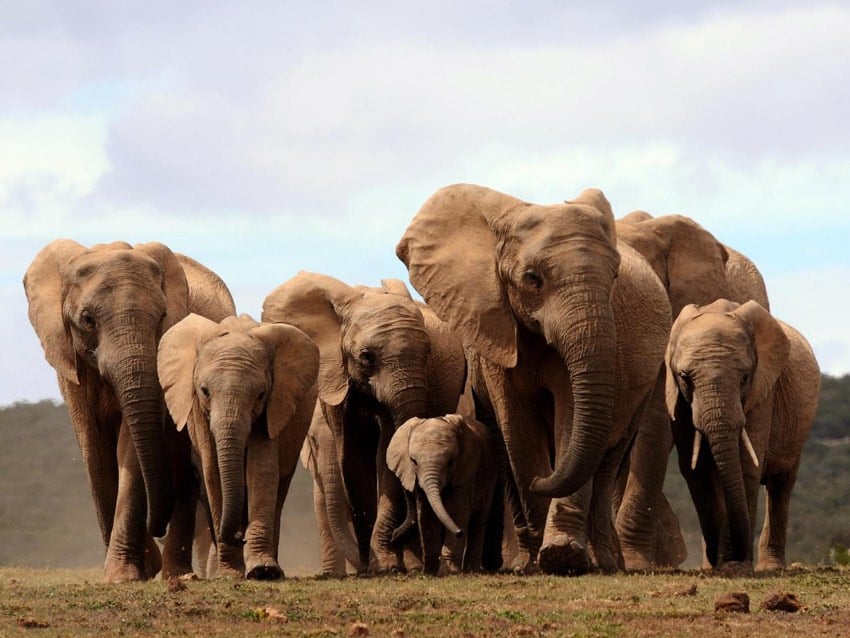Evolution at work: ivory poaching and tuskless elephants

Poachers in Africa in search of the biggest ivory tusks have altered the gene pool of African elephants in the process.
In Gorongosa National Park in Mozambique, 90 per cent of elephants were slaughtered between 1977 and 1992, during the country’s civil war. Dr Poole said that because poachers disproportionately targeted tusked animals, almost half the females over 35 years of age have no tusks, and although poaching is now under control and the population is recovering well, they are passing the tuskless gene down to their daughters: 30 per cent of female elephants born since the end of the war also do not have tusks.
“Females who are tuskless are more likely to produce tuskless offspring,” she said.
(via mr)
Update: Vox has an interesting look at the growing trend of tuskless elephants.





Stay Connected